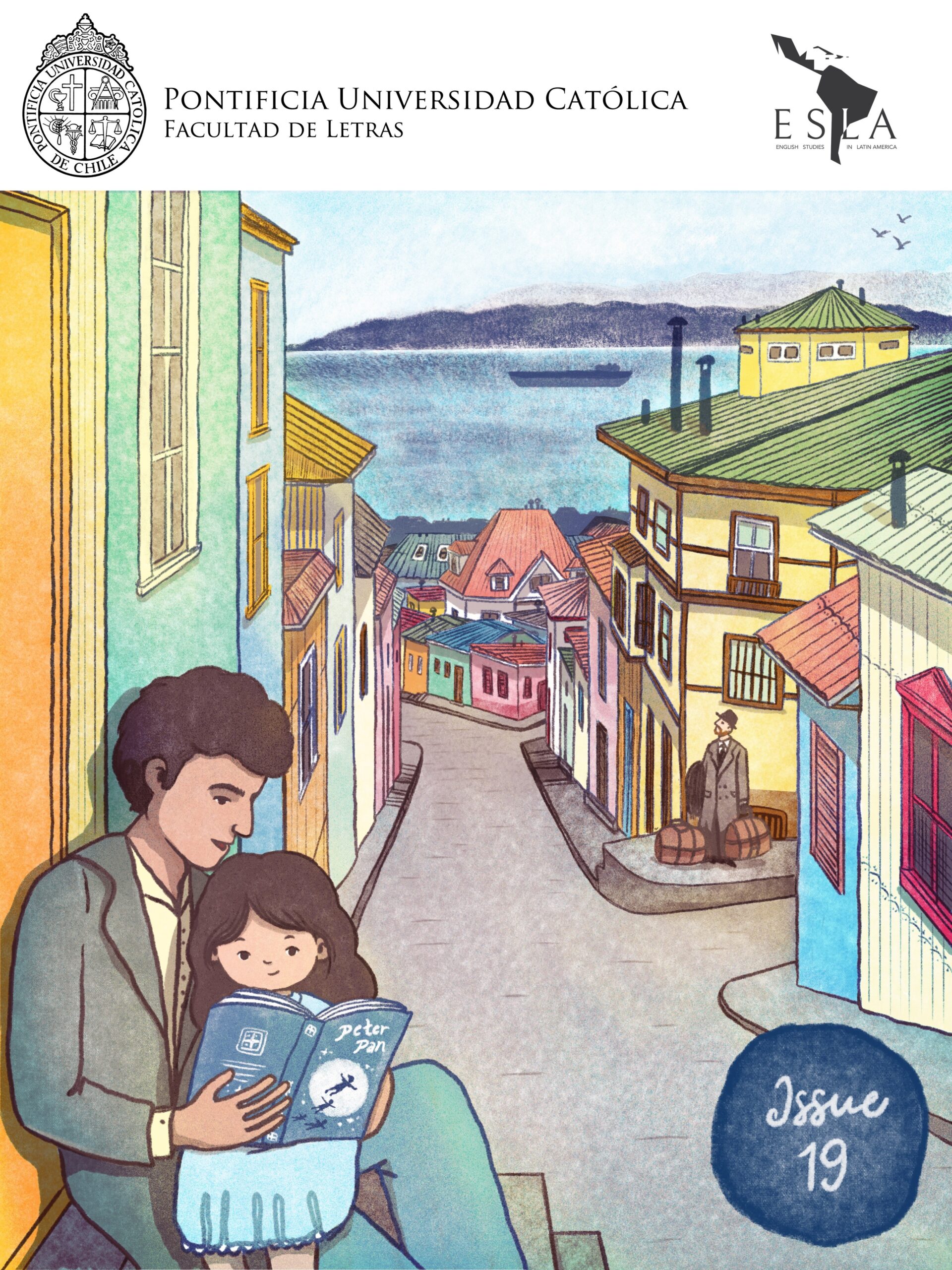Peter and Wendy: Cultural References from British Literature and Beyond
DOI:
https://doi.org/10.7764/ESLA.61043Keywords:
Peter and Wendy, J. M. Barrie, Escapism, Edwardian literature, Family novelAbstract
Peter and Wendy, written by J. M. Barrie and published as a novel in 1911, is one of the most iconic works of English literature. This article aims to elucidate references that appear in Barrie’s Peter and Wendy which make it so fantastic and unpaired: the literary and the sociocultural references, which contribute to tag this book as an English “modern classic”. The references that are well-known by the British reader provoke an immediate sense of belonging and recognition. For instance, sociocultural mentions can easily be noticed throughout the narrative, especially the ones that bring to the reader aspects from Edwardian and Victorian everyday life of British families. Regarding the literary references, the reader might find aspects from Defoe’s Robinson Crusoe, Stevenson’s The Treasure Island, Shakespeare’s Midsummer Night’s Dream and Alice in Wonderland (Lewis Carroll). Or even from The Secret Garden (Frances Hodgson Burnett) and The Wind in the Willows (Kenneth Grahame), both works that arecontemporary with Peter and Wendy, and are also conversing with it, particularly in terms of the notion of escapism and social criticism. Above all, Barrie’s novel opens a new field for the modern literature of the twentieth century. A literature that is more concerned with the psychological features of the characters, contributing to the emerging of a new narrative aimed at children, young readers and – why not – adults. This article uses the concept of “family romance” proposed by critic Marthe Robert in order to establish the connection between Barrie’s texts and those of other writers.
Downloads
Downloads
Published
How to Cite
Issue
Section
License

This work is licensed under a Creative Commons Attribution-NonCommercial-NoDerivatives 4.0 International License.


